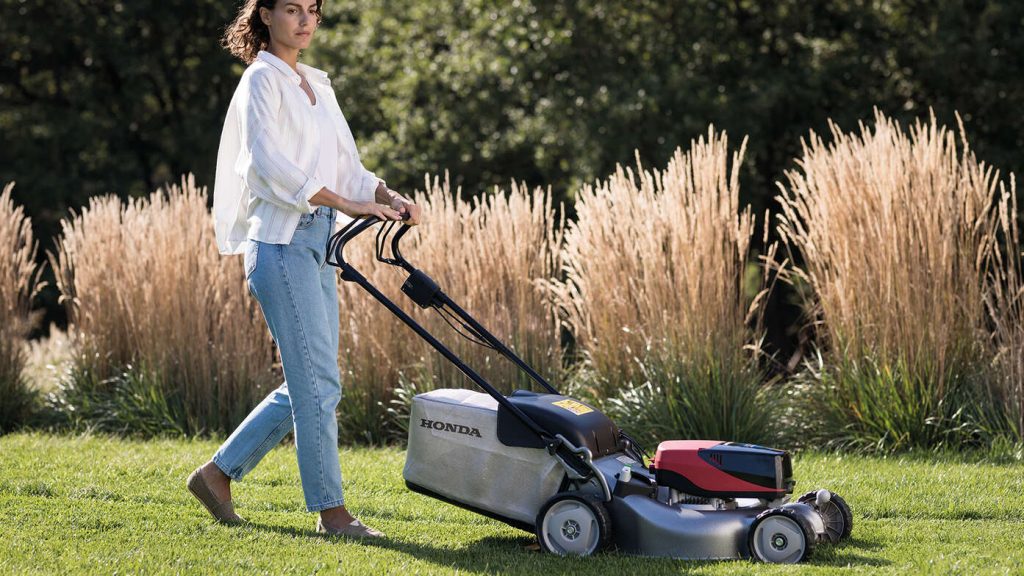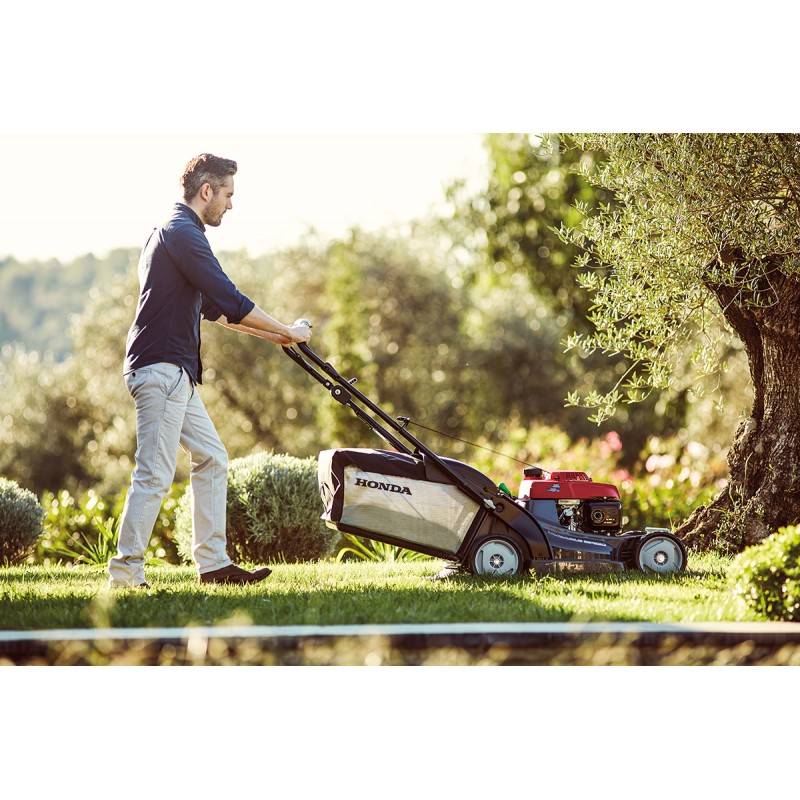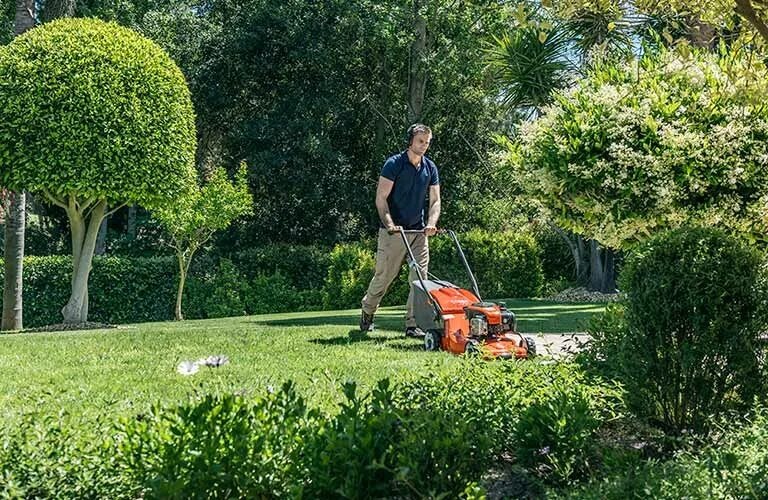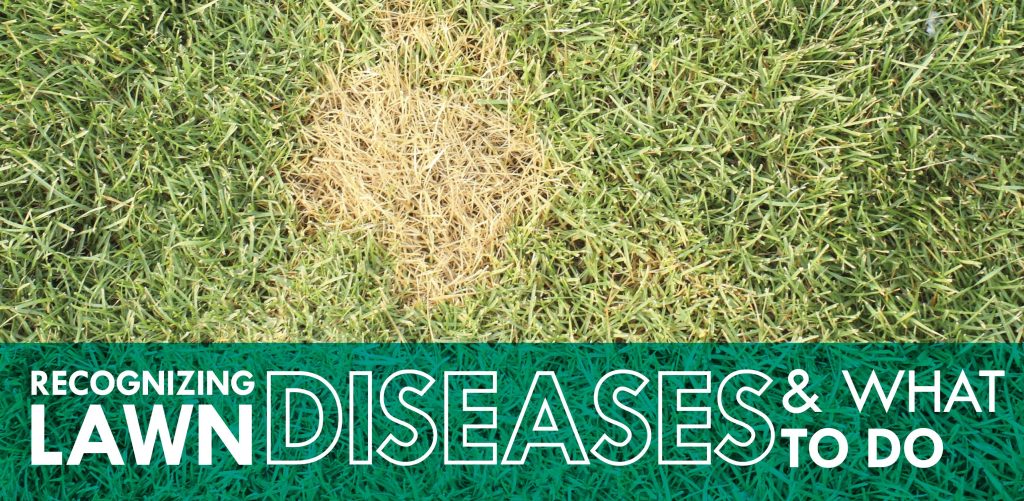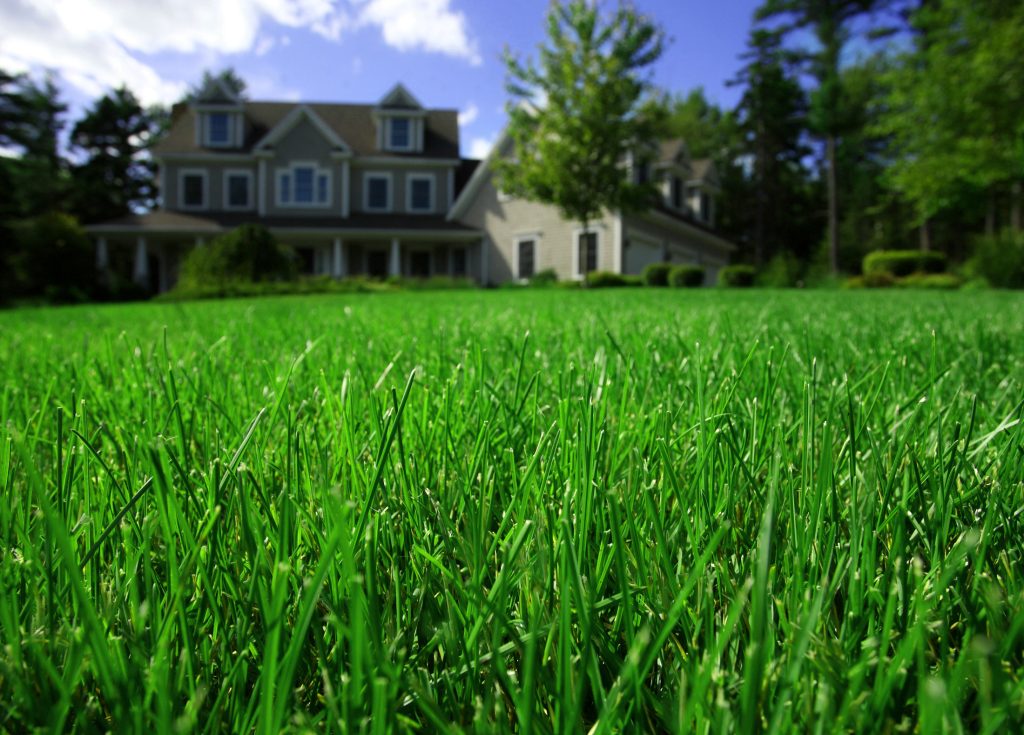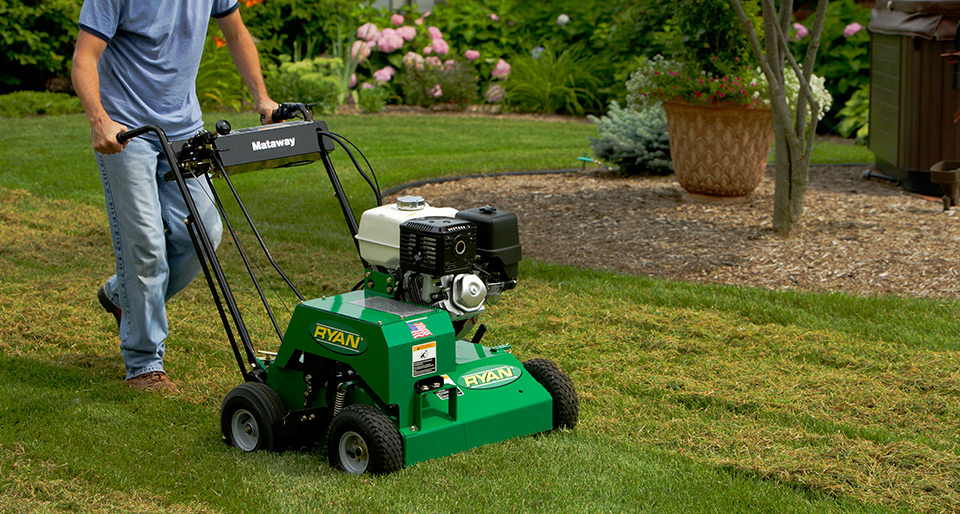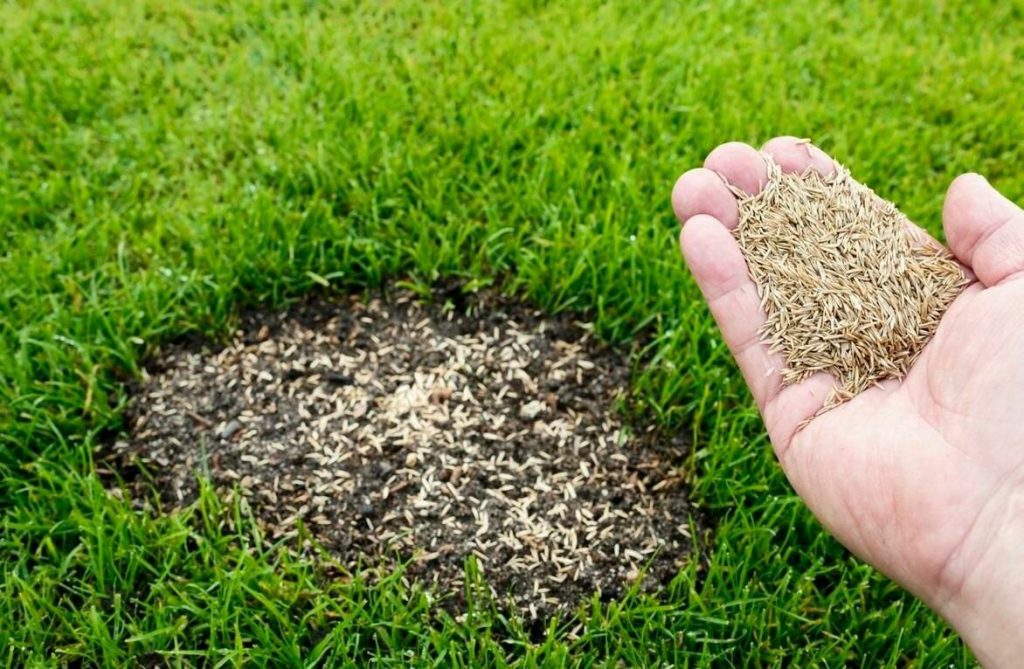The season is about to change, and we all wish to sit on our lawns and enjoy our chit-chat. But before you can rejoice in the fun of being around nature, it is essential to take care of your lawn first. If you have been experiencing dull and spongy lawns that seem to struggle to grow, it’s time of the year when you should begin to consider about dethatch grass lawn.
Thatch of grass is a common problem in almost every lawn. Thatch is a layer of dead and living organic matter, like roots, stems, and grass clippings, that builds between green grass and soil. While a bit of thatch is beneficial, too much can suffocate your lawn.
For any lawn owner, it is essential to know exactly when and why to dethatch grass. If you are among those who are still figuring out what to do and how to begin, this read is simply designed for you. In this post, we’ll explore what causes thatch, how to recognize it, and the best dethatching methods tailored to Indiana’s climate.
1. Understanding Lawn Thatch:
· What Causes Thatch to Build Up?
Thatch is a natural process formed when organic matter begins to accumulate and grow faster than it decomposes, creating an organic gap. Thus, the garden has a decomposed and decayed appearance all around.
It is essential to consider the factors that cause thatch to build up. This typically happens in lawns that are overwatered, over-fertilized, or mowed too infrequently. Poor soil aeration and compacted soil also contribute to faster thatch buildup. Therefore, learning to maintain your lawn is as vital as owning and enjoying a cup of tea in it.
You often notice thatch in Indiana more than in any other place because certain grass types, such as Kentucky bluegrass and fine fescue commonly found in Indiana, are more prone to thatch accumulation due to their dense root systems and growth patterns.
Therefore, when you are in here make sure that you dig deep and dethatch grass lawn often.
· Ideal Thatch Thickness for Lawn Health
It may vary from one garden to another, but a thatch layer less than ½ inch thick on average is beneficial. It insulates the soil, conserves moisture, and provides cushioning. However, if the layer exceeds ½ inches, it starts blocking water, nutrients, and air from reaching the soil, leading to shallow roots and increased disease risk.
2. When and How to Dethatch:
The most important question around the town is when to begin detaching?
· Best Seasons for Dethatching in Indiana:
Well! The experts suggest that the best season to detach grass lawns in Indiana is early spring or fall. The exact season may vary depending on the grass you have chosen for your lawn, but this is the most suitable time of the year to begin the process.
- Cool-season grasses (like fescue, ryegrass, and bluegrass): Dethatch in early fall (late August to September) or early spring (late March to April).
- Warm-season grasses (less common in Indiana): Dethatch in late spring to early summer.
It is essential not to avoid dethatching altogether during extreme heat or drought, as this stresses the grass and delays recovery.
3. Tools for Dethatching:
Several tools are available for dethatching grass. However, the selection of the tools should be based on the kind of grass you have, the budget you have set, and, most importantly, the size of your garden.
- Manual dethatching rake: This is best for small areas. Its sharp tines pull up thatch as you rake.
- Power dethatcher: This motorized tool is ideal for medium-sized lawns. It digs into the thatch layer and lifts it to the surface.
- Tow-behind dethatcher: Great for large properties if you have a lawn tractor.
- Vertical mower (power rake): More aggressive option that slices into the turf to remove thick thatch layers.
These are some of the tools experts use to ensure that they can remove the thatch from the garden.
4. Step-by-Step Dethatching Process
Mow the lawn to about half its normal height to make thatch easier to remove.
- Mark sprinkler heads or shallow irrigation lines to avoid damage.
- Use the dethatching tool of your choice to pull up the thatch. Be thorough but don’t go too deep.
- Rake and collect debris, then bag or compost it.
- Aerate the lawn if the soil is compacted to encourage healthy growth further.
The process is as simple as it sounds, but dethatching your lawn requires a lot of effort and hard work, especially when done alone.
However, if you are not tech-savvy and efficient when working on your lawn, you may want to consider hiring experts who can simply remove thatch from your garden and make it green and lovely again.
Check out our Lawn Care and Maintenance Services in Griffith, IN


